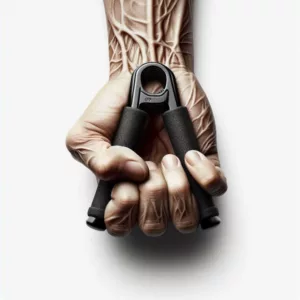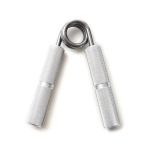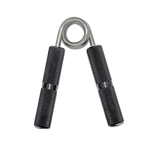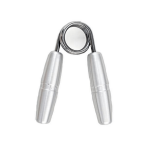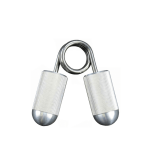(Last Updated on October 5, 2025 by Henry)
Today, I’m going to focus on talking about grip strength & how to use grip strengtheners correctly. It’s not just for athletes or fitness enthusiasts; it’s critical for everyone. A firm handshake, carrying groceries, opening jars, or pulling up your body weight during workouts all rely on a solid grip.
Choosing the hand gripper is your 1st step.
With a plethora of options out there, it’s crucial to pick one that matches your current strength level and goals.
Consider the tension level of the gripper and whether it can be adjusted as you improve.
Next, let’s talk about getting comfortable.
You’re going to want to find a position that doesn’t strain your wrists or arms but sets you up for the most effective workout.
Whether you’re standing, sitting, or in a more specialized stance, comfort is key to maintaining technique.
Warm-up exercises aren’t just fluff; they’re essential.
Before you dive into squeezing your life away, a good warm-up conditions your forearm muscles, tendons, and hands. This can be as simple as stretching your fingers or as involved as wrist curls. The goal? To get blood flowing and to reduce the risk of injury.
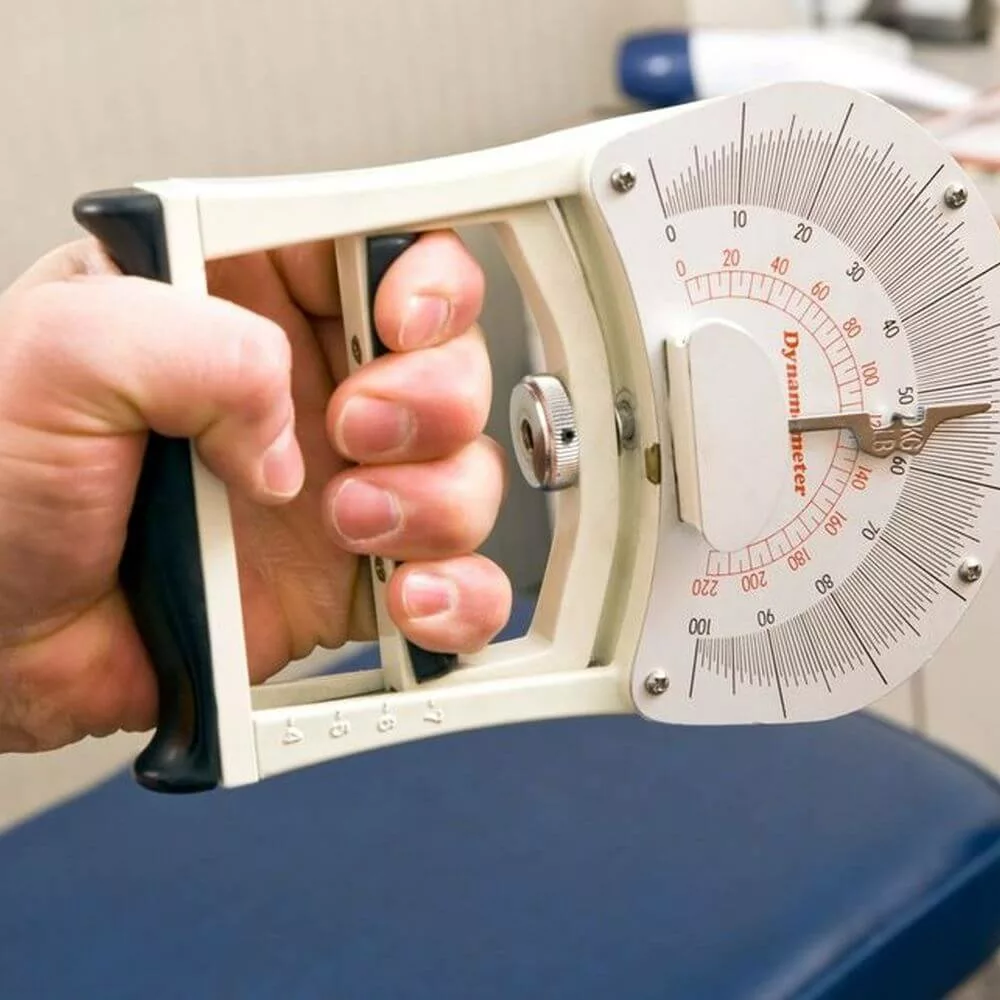
Crush Grip Training: Best Exercises & Tools for Stronger Hands
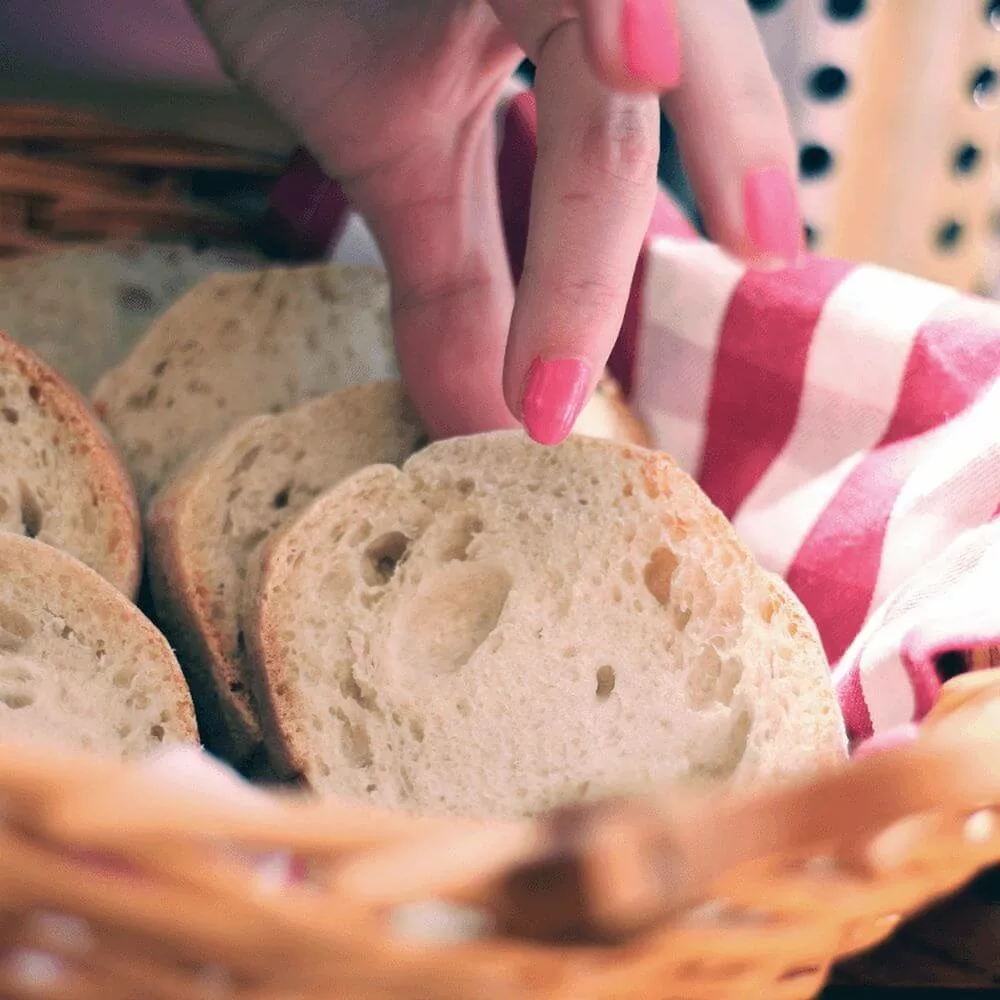
Pinch Grip Training: Proven Exercises & Tools to Boost Thumb Strength

Support Grip Training: Build Endurance & Lift Heavier Safely
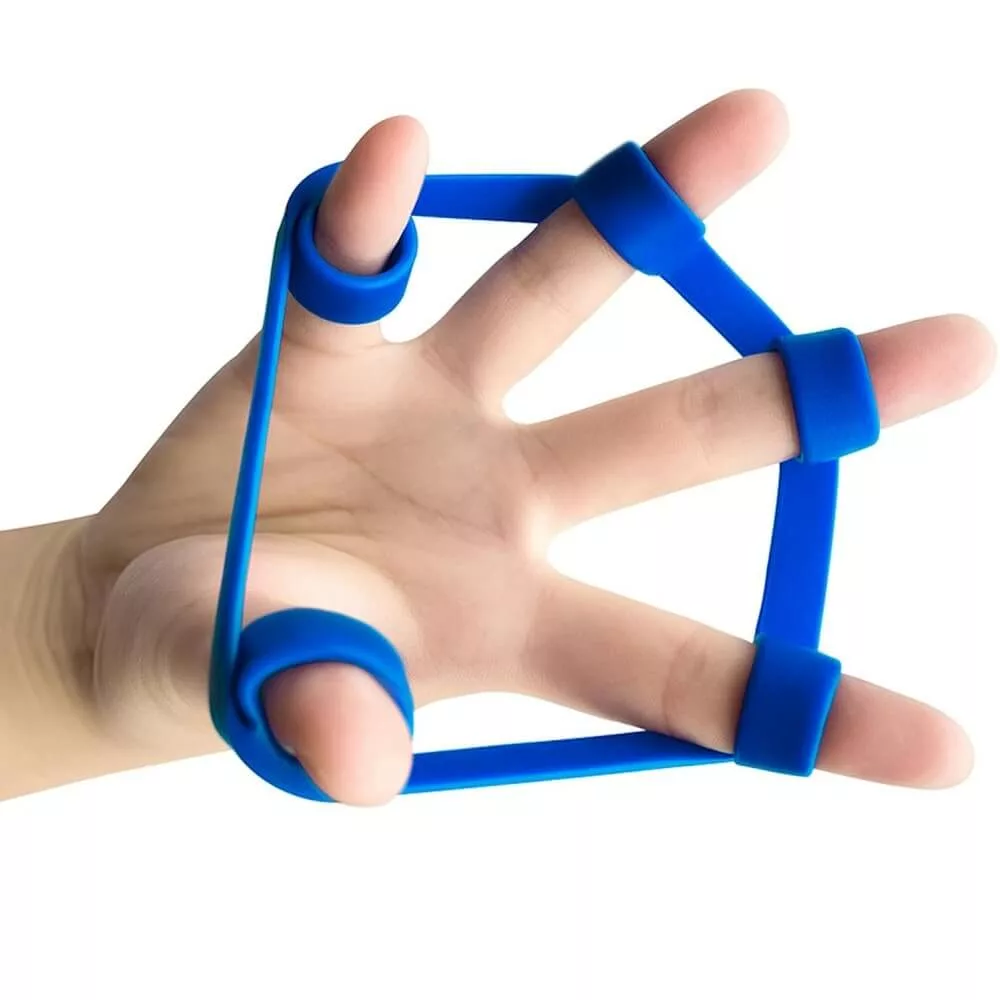
Finger Extensor Training: Prevent Hand Pain & Build Balance

The 5 Primary Hand Movements: Gateways To Grip Strength

Train Your Wrists Like a Pro: Gain Strength, Mobility & Prevent Injury
Mastering Grip Strengthener Technique
Now that you’ve got your perfect gripper and you’re comfortable, I’m going to walk you through how to master using it. This isn’t just about squeezing; it’s also about fostering the right technique and understanding the mechanics.
Proper grip technique is the cornerstone of effective training. Ensure your thumb is opposite your fingers, wrap all the way around the handles, and the spring should be against the palm. You’re going to find out that this position optimizes your strength and protects against injury.
Regarding the actual squeezing action, it’s all about controlled movement. Squeeze the handles together forcefully but smoothly, and if you can, visualize crushing a piece of coal into a diamond. Yes, that’s the level of intensity you want.
The next step is to hold that squeeze. Aim for a second or two, feeling the muscles in your hand and forearm working hard. Then, with just as much control, slowly release. This isn’t about rapid pumping; it’s about control and resistance throughout the action.
Here’s something not everyone talks about, but I find fascinating: fully closing the gripper is a mental game too. It trains your brain to recognize what full contraction feels like, which is important for both physical and psychological progression.
By now, you’re probably asking, ‘How often should I do this?’ A good rule of thumb is to stick to high-intensity, short-duration workouts. That’s going to include a small number of concentrated squeezes, with breaks in between. It’s these kinds of sessions that can help skyrocket your grip strength.
Building a Lasting Grip Training Habit
I can’t stress enough how crucial it is to set realistic goals when you’re working to boost your grip strength. You’re going to find out why patience and a step-by-step approach work better than rushing the process.
A varied grip-strengthening regimen is your ticket to continuous improvement. By introducing different grip exercises and tools, you prevent plateaus and keep your muscles guessing, which fuels growth and development.
High-intensity, short-duration workouts have been shown to deliver maximum results for grip strength. These are not just intense squeezes but smart, focused sessions that build power without overtaxing your muscles.
Always remember to listen to your body. It’s telling you more than you might think. If you’re feeling pain or excessive fatigue, take it as a sign that you might need to take a step back and rest. This isn’t just about preventing injury; it’s also about giving your muscles the necessary time to recover and grow stronger.
Choose something that resonates with you and make it part of your routine. Consistency is king, and over time, with attention to these details, your grip strength could very well exceed your expectations.
In my opinion, the most satisfying part of this journey is watching your progress, seeing how far you’ve come, and knowing that your efforts have paid off in real, tangible ways. So keep pushing, adjusting, and striving for those gains; your future self will thank you.
Thanks for Stopping By
Have Questions?
Please Leave A Comment

